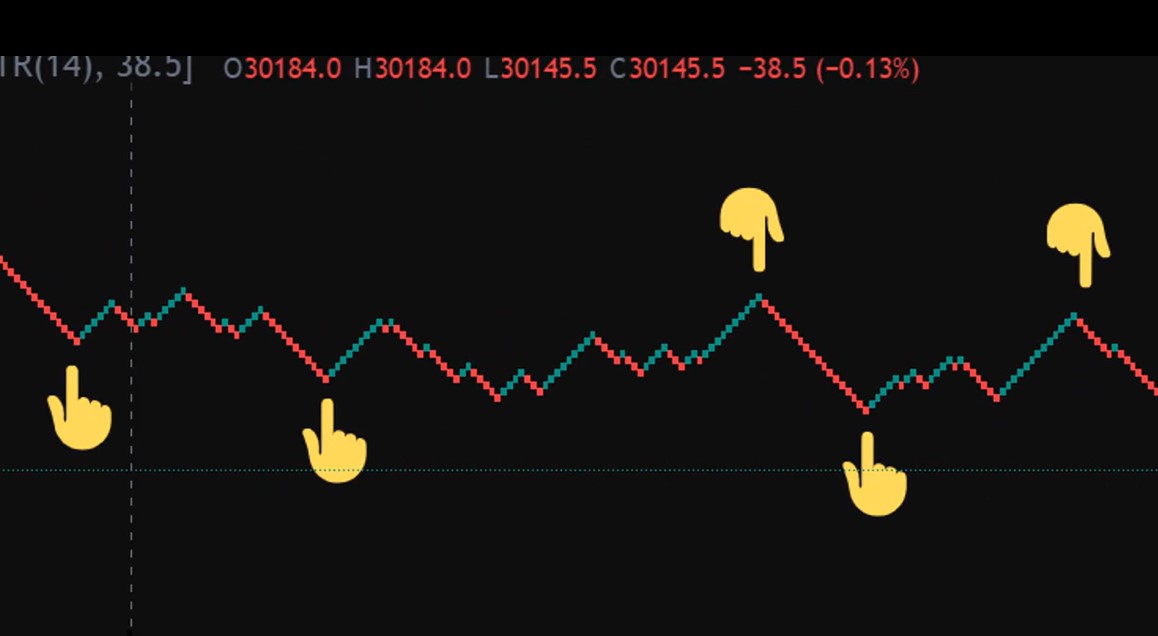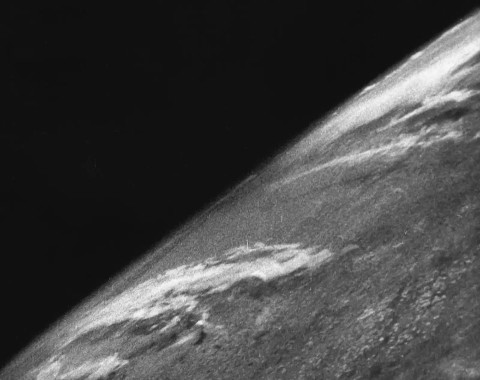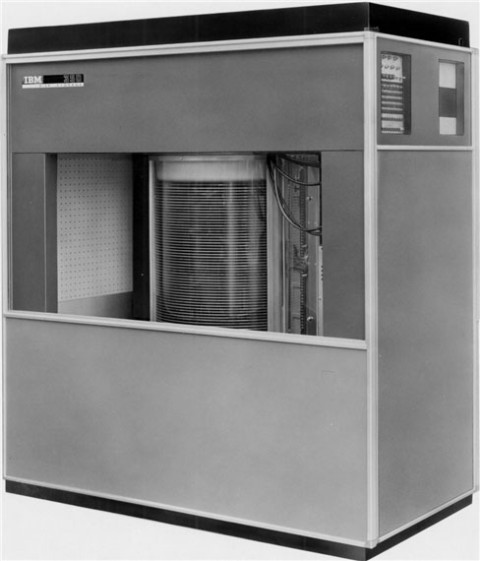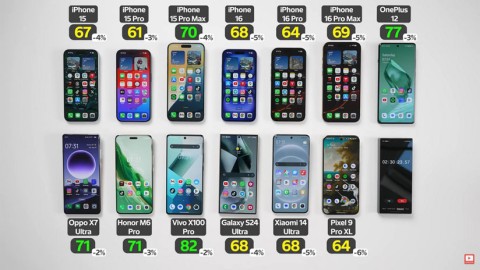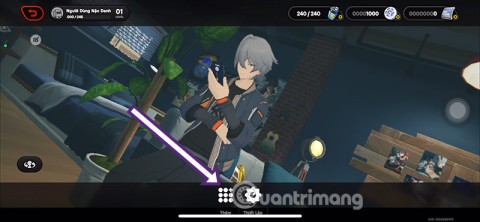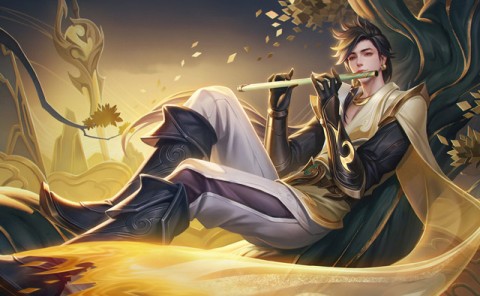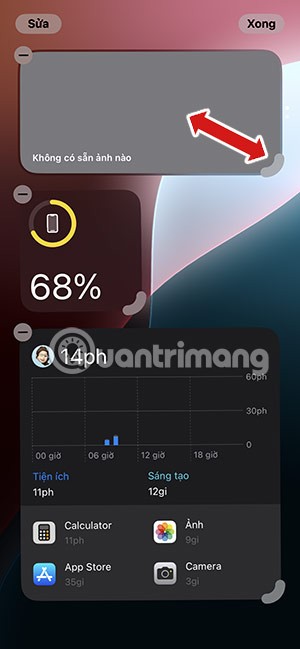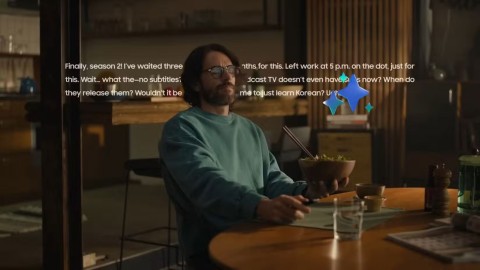Netflix has had a lot of success with its video game anime adaptations, and Devil May Cry is one of them. Based on the video game series of the same name, Devil May Cry starts out like a cut scene, spending an awkward amount of time explaining the rules and magic systems of the world. The exposition is important but the repetition is too obvious, making Devil May Cry feel choked from the start. However, the unique "glimmers" and unexpected depth in the series' final episodes are a pleasant surprise.
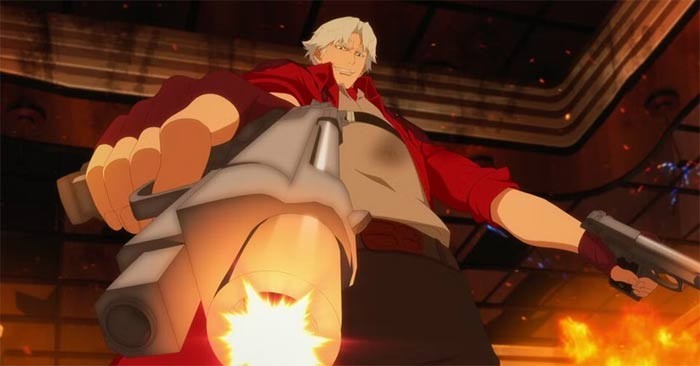
In the contemporary anime genre, it’s not enough to just have amazing animation and fight scenes. This is the basic requirement to attract an audience and keep them interested in the series. Devil May Cry quickly achieves this basic requirement with its classic and easy-to-like protagonist, Dante, voiced by Johnny Yong Bosch. He’s strong, witty, and a bit childish. All of which makes him an engaging yet relatable character. His companion, Mary (Scout Taylor-Compton), is also a familiar type, but the pair develop depth throughout the episodes.
Devil May Cry anime review
Devil May Cry has a compelling story but should get into the plot faster
From Dante's style and aesthetic to the gun-toting action scenes, influences from other anime are all over Devil May Cry, which isn't necessarily a bad thing. Fans of the genre will appreciate it and thoroughly enjoy the show's visuals, which get progressively more gory and experimental as the series progresses. However, it's hard to wait for these more interesting elements to come.
Episode 6 is where Devil May Cry grabs the most attention and maintains interest until the end of the series. While it's too late in an eight-episode season for a show to get its bearings, the final three episodes of the series make up for this lapse in style. However, Devil May Cry still lacks the necessary character development, especially in the demon-hunting Dante, to be considered a truly great anime.
One can’t ignore Devil May Cry’s soundtrack, which perfectly captures the emo tone and horror elements of the story. While the pin drops can lean more towards the silly than the dramatic, this fits in with the more comedic side of the series. Devil May Cry doesn’t mind being full of sudden shifts in tone and tension as long as it successfully gets its point across, which is not an uncommon aspect of the genre.
The White Rabbit, Devil May Cry's first villain, but certainly not its only, is one of the few characters to show depth and complex motivations. While his desire to bring the demon world into the human world is immediately portrayed as the series' greatest villain, Devil May Cry encourages us to understand the White Rabbit, even if we can't fully empathize with him. The emotional journey we take with the White Rabbit far outweighs our connection to both Mary and Dante, which is disappointing and a flaw that a sequel should probably fix.
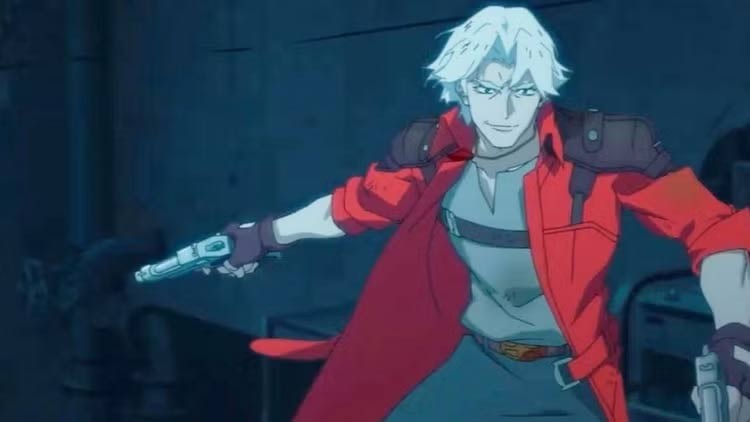
Devil May Cry's Big Message Is Surprisingly Profound
The contrast between the rather childish humor, standard character archetypes, and the intensity of the season 1 finale is somewhat shocking. Criticisms of American imperialism and exceptionalism are at the heart of Devil May Cry, which places much more importance on the plot than Dante's mission as a demon hunter.
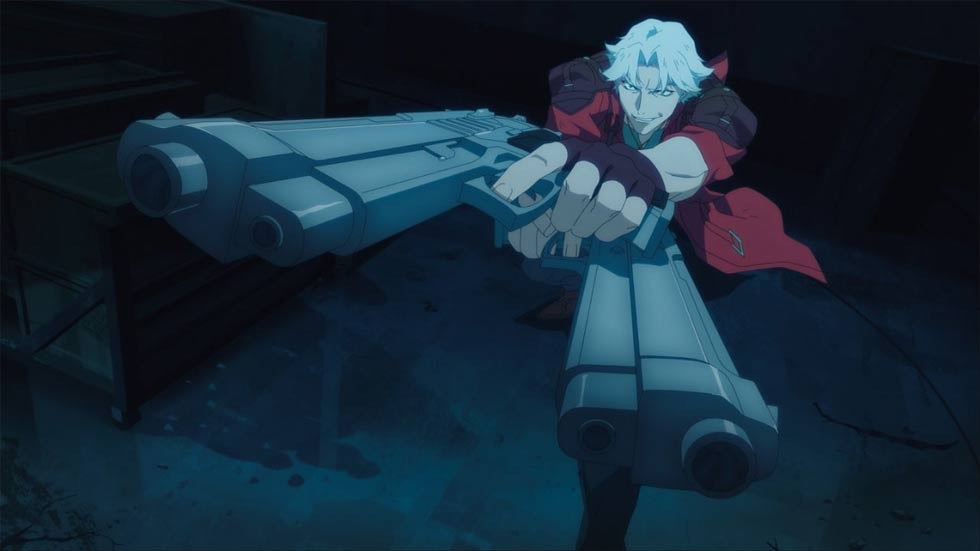
Review of the pros and cons of the anime Devil May Cry
Advantage
- This anime raises deep moral questions.
- The main villain has an amazing backstory.
- Devil May Cry finds its footing and becomes engaging.
Disadvantages
- Devil May Cry spends a lot of time on repetitive exposition.
- Some of the humor and dialogue seems childish.
- It takes many episodes to understand the plot.




